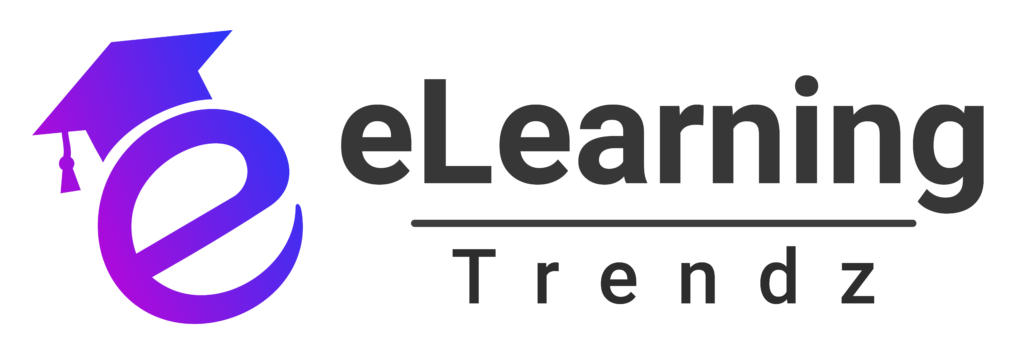In today’s globalized business environment, enterprises need scalable and consistent learning solutions to train diverse workforces efficiently. SCORM (Sharable Content Object Reference Model) compliance plays a pivotal role in ensuring that learning management systems (LMS) and eLearning content work seamlessly together. But what exactly is SCORM, and why is it so critical for enterprise-wide learning consistency?
Understanding SCORM Compliance
SCORM is a set of technical standards developed by the Advanced Distributed Learning (ADL) initiative. It defines how online learning content and LMS platforms communicate, ensuring compatibility and interoperability across different systems.
In simple terms, SCORM-compliant content can be created once and deployed on any SCORM-compliant LMS without requiring modifications. This flexibility makes SCORM a gold standard for eLearning in corporate environments.
Key Benefits of SCORM Compliance for Enterprises
A. Consistency Across the Organization
- Why It Matters: Multinational corporations often have employees spread across different locations and time zones.
- How SCORM Helps: SCORM ensures that the same content is delivered consistently, regardless of where or how it’s accessed. This uniformity guarantees that all employees receive standardized training, reducing knowledge gaps.
B. Interoperability and Flexibility
- Why It Matters: Enterprises frequently update or switch LMS platforms.
- How SCORM Helps: SCORM-compliant courses can be reused and migrated between different LMSs without losing functionality, making it easy to adapt to new technologies without redeveloping content.
C. Efficient Tracking and Reporting
- Why It Matters: Organizations need to measure training effectiveness and compliance.
- How SCORM Helps: SCORM tracks learner progress, completion rates, assessment scores, and time spent on courses. This data helps HR and L&D teams monitor performance and make data-driven decisions.
D. Cost and Time Efficiency
- Why It Matters: Developing custom content for each LMS is resource-intensive.
- How SCORM Helps: With SCORM, companies can create content once and deploy it universally, reducing development costs and time. Updates can also be made centrally, ensuring quick content refreshes across the enterprise.
E. Enhanced Learning Experience
- Why It Matters: Employee engagement is key to effective learning.
- How SCORM Helps: SCORM supports interactive elements like quizzes, simulations, and multimedia, making learning more engaging and dynamic. It also allows for bookmarking, so learners can pause and resume training seamlessly.
The Role of SCORM in Ensuring Compliance Training
For industries with strict regulatory requirements—such as healthcare, finance, and manufacturing—compliance training is critical. SCORM helps organizations:
- Standardize Compliance Courses: Ensure that mandatory training meets legal standards.
- Maintain Audit Trails: Track completion rates and generate reports for compliance audits.
- Update Content Quickly: Implement regulatory changes across all training modules without delays.
SCORM vs. Other eLearning Standards
While SCORM remains the most widely adopted standard, other models like xAPI (Experience API) and cmi5 are emerging. However, SCORM’s widespread support, proven reliability, and simplicity make it the go-to choice for many enterprises.
- SCORM: Ideal for tracking formal, structured learning activities.
- xAPI: Better for capturing informal learning experiences and offline activities.
- cmi5: Combines the best of SCORM and xAPI but is still gaining traction.
Challenges and Considerations
While SCORM offers numerous benefits, there are some limitations to consider:
- Limited Offline Capabilities: SCORM primarily supports online learning, though some workarounds exist.
- Rigid Structure: SCORM’s technical framework may not support highly flexible or adaptive learning paths compared to newer standards like xAPI.
Solution: Many organizations adopt a hybrid approach, using SCORM for standardized compliance training and xAPI for tracking informal learning activities.
Final Thoughts
SCORM compliance is critical for enterprises looking to achieve consistent, scalable, and efficient learning across their workforce. It simplifies content deployment, ensures learning uniformity, and provides robust tracking capabilities—making it an indispensable tool for corporate training.
As learning technologies evolve, SCORM’s role may shift, but its foundational value in ensuring enterprise-wide learning consistency remains strong. For businesses committed to effective employee development, SCORM compliance isn’t just an option—it’s a necessity.









